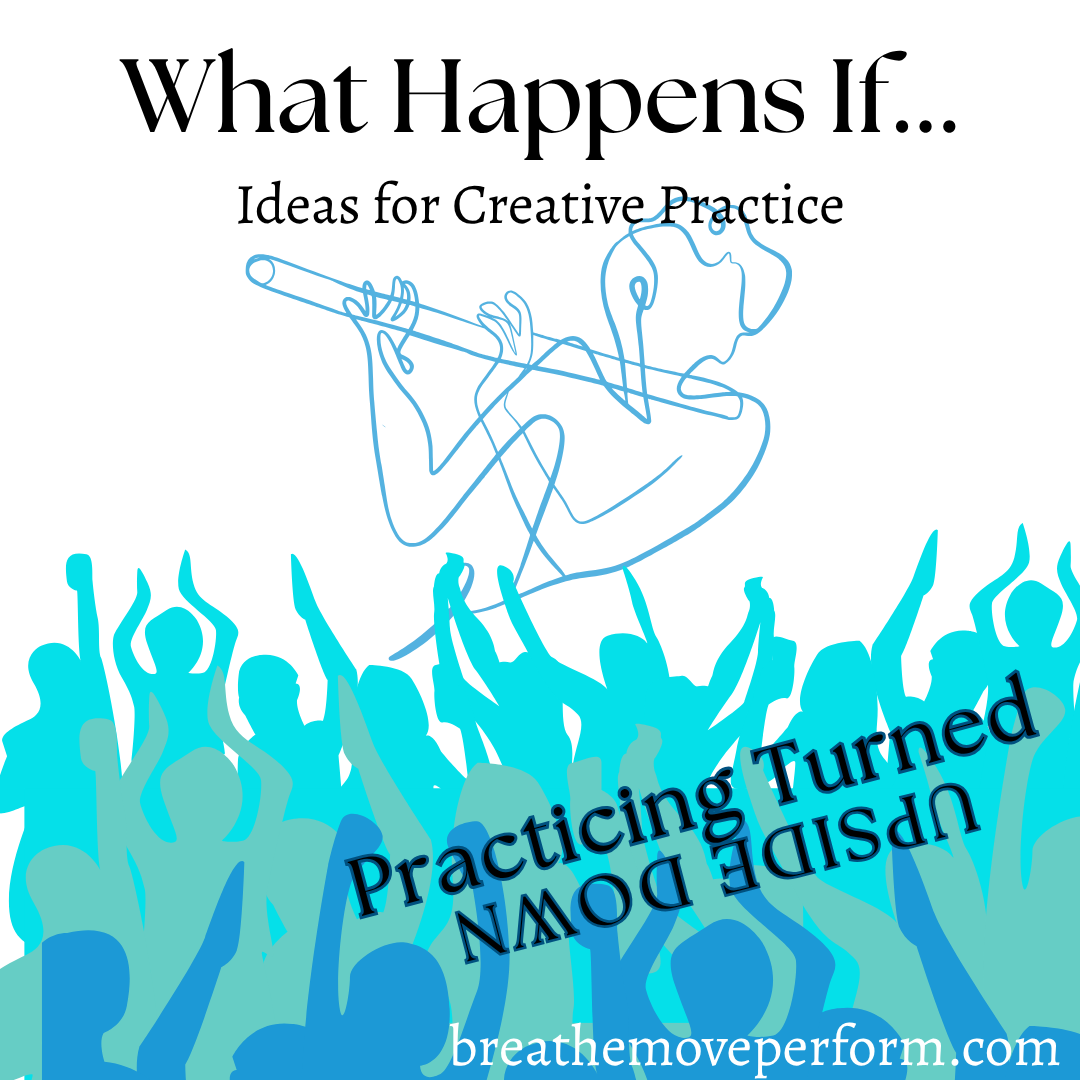Applying the “What happens if…” variable to practice is a catalyst to creativity. The ‘if ’is a novel idea that breaks habit, immersing us in the process of creating sound. When you use this technique, your job is to observe what happens as the ‘if’ is applied.
Today I suggest,
“What happens if I am the performer and listener (or observer) of my playing/singing?”
This includes:
Creating a sound, either alone or in service of a piece of music
Hearing the sound you produce in the space you are in, think 3D sound!
Noticing the unique resonance of sound in the space
Noticing how one note connects to the next
Experiencing the feelings within your body as you produce sound
Set aside what you expect to hear.
Let go of what is “supposed” to happen and any notions of the “right” way to play. Listening guides sound production, phrasing, and even improvisation.
You will uncover a way of playing/singing that is alive in the moment. Sound and silence inspire each other. For example, in an ensemble, hearing the harmony of a collaborator informs how you bring in your note. Alone, listen to how the color, and energy of one pitch inspires subsequent pitches.
Consider that what you hear one day may be different the next. Think of all of the variables of performing, starting with the space you are in, including the humidity, and those within you, including rest, stress, and energy level, to name a few. These things affect musicians and instruments (some more than others).
Moving beyond regurgitating what you practiced, into authentic, on-the-spot music-making is powerful for both musicians and our listeners.




